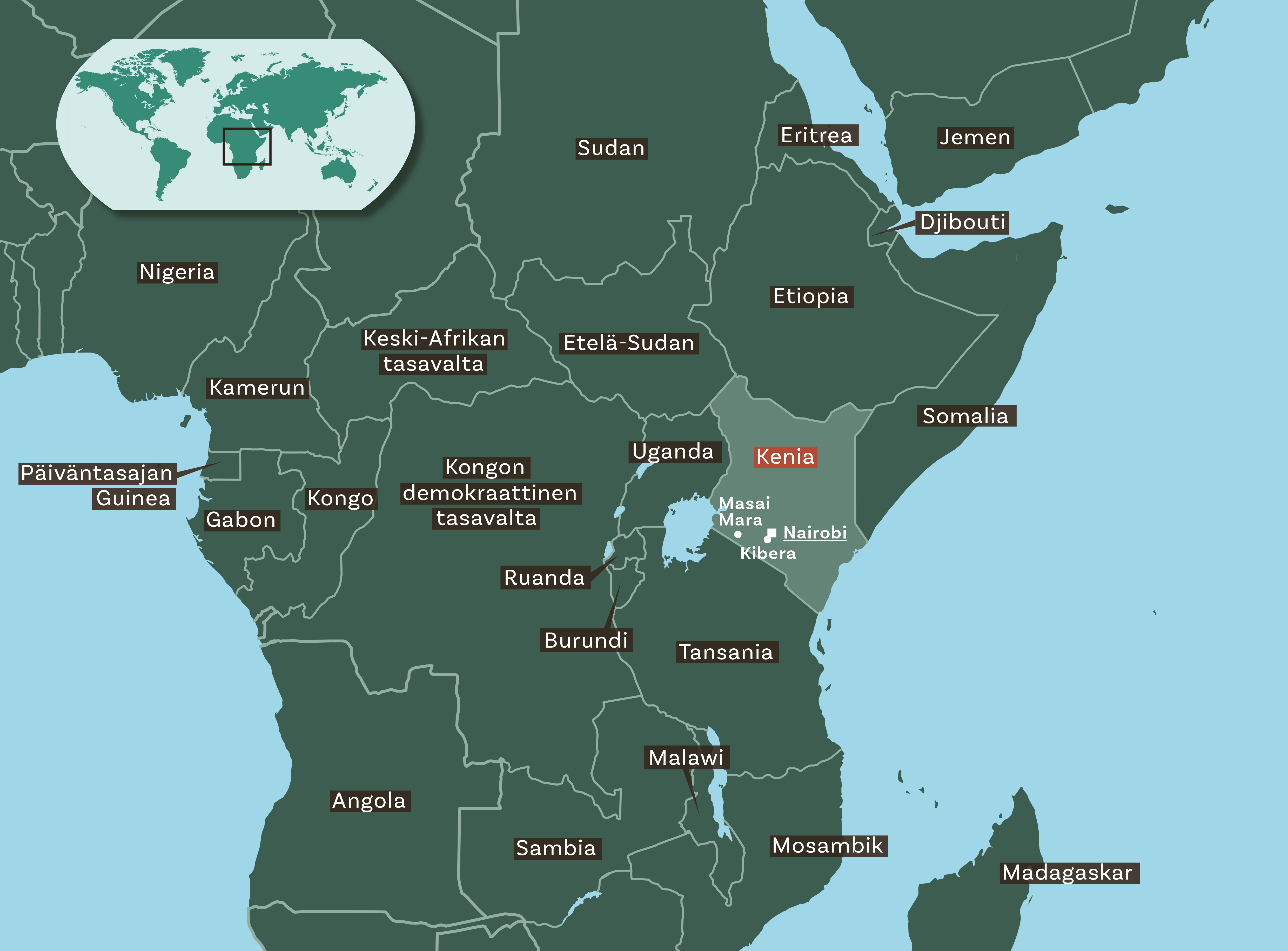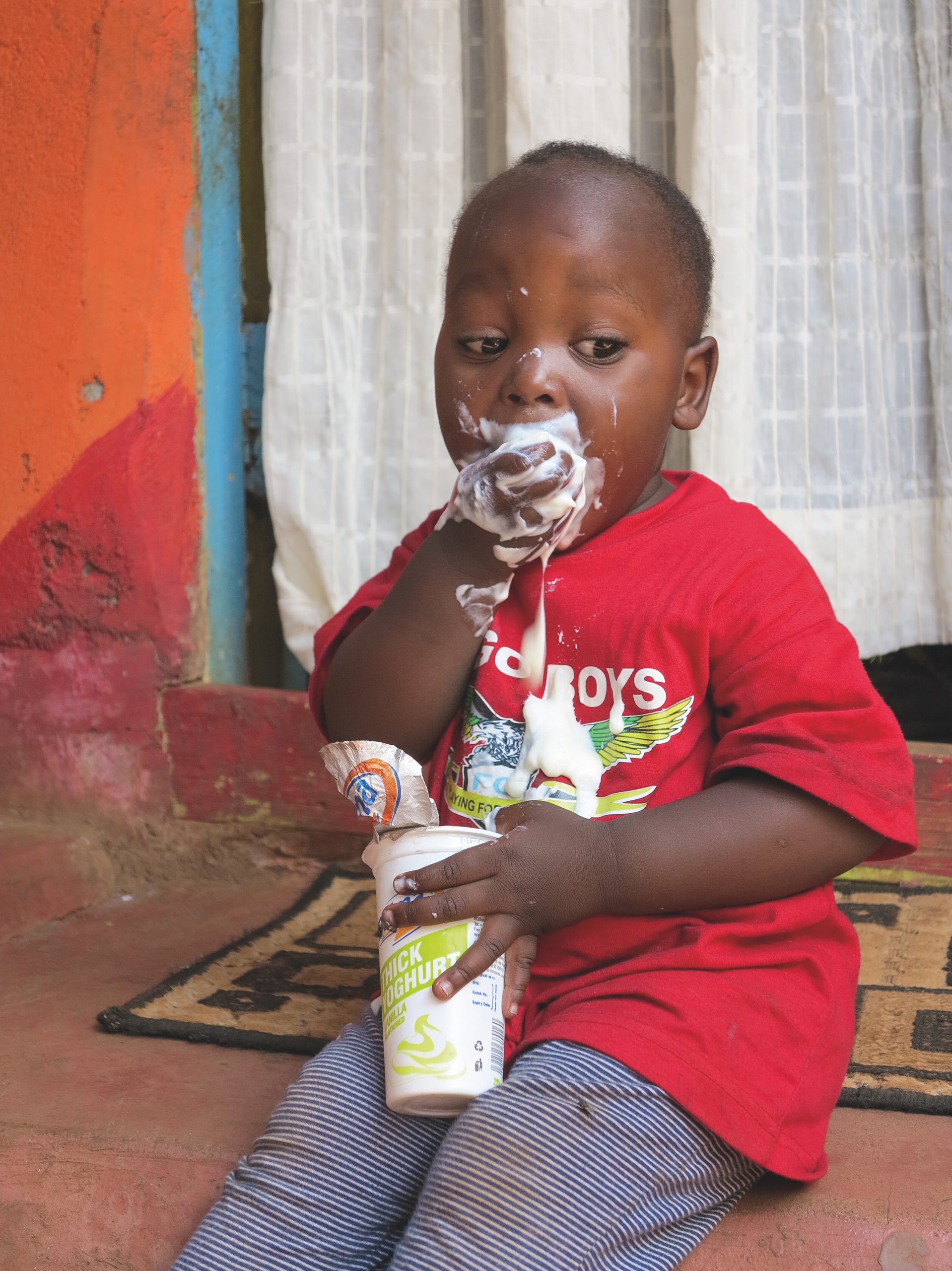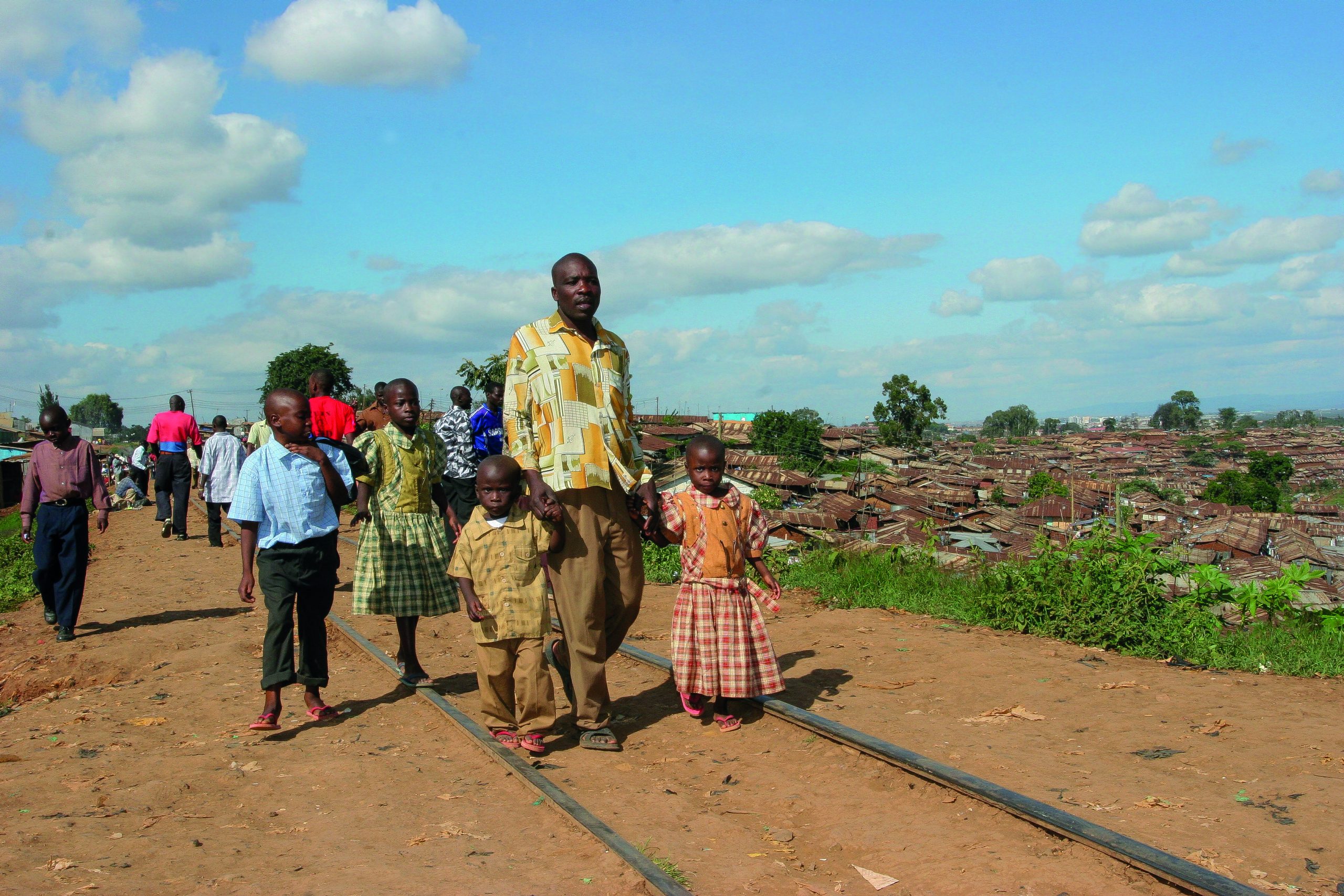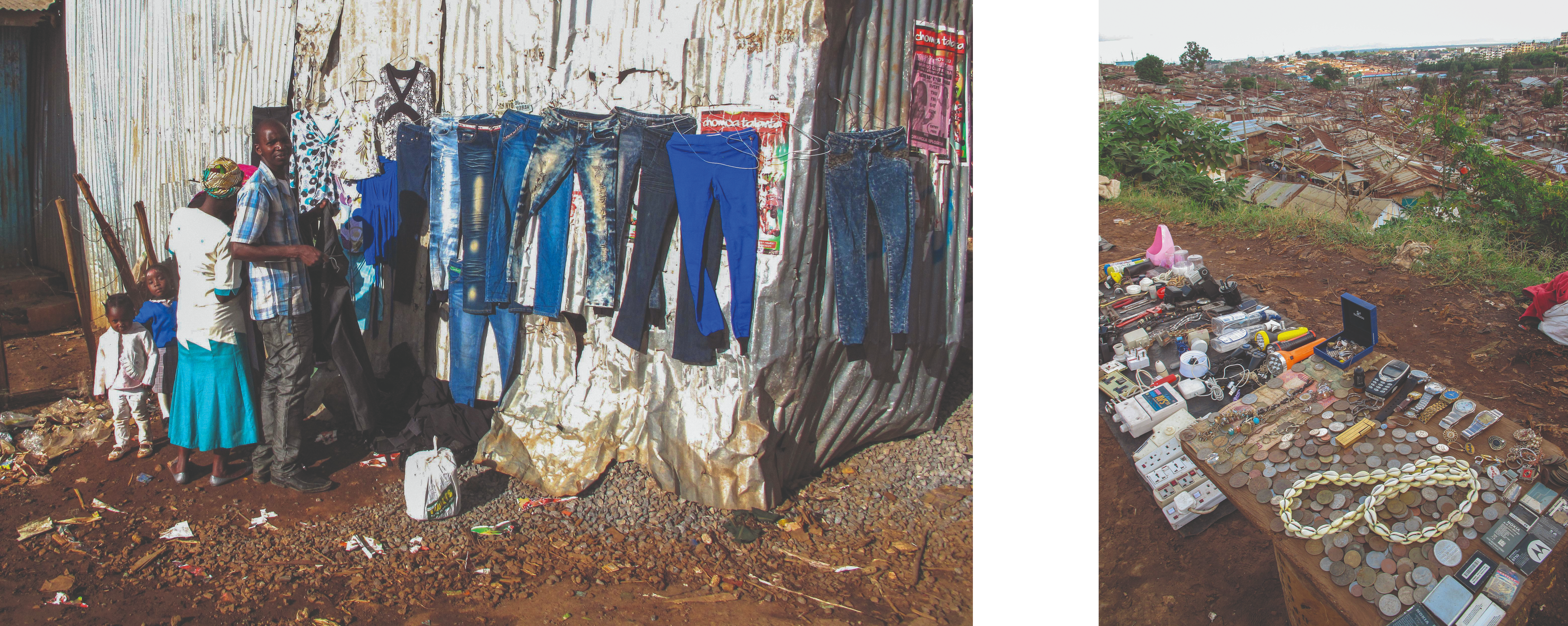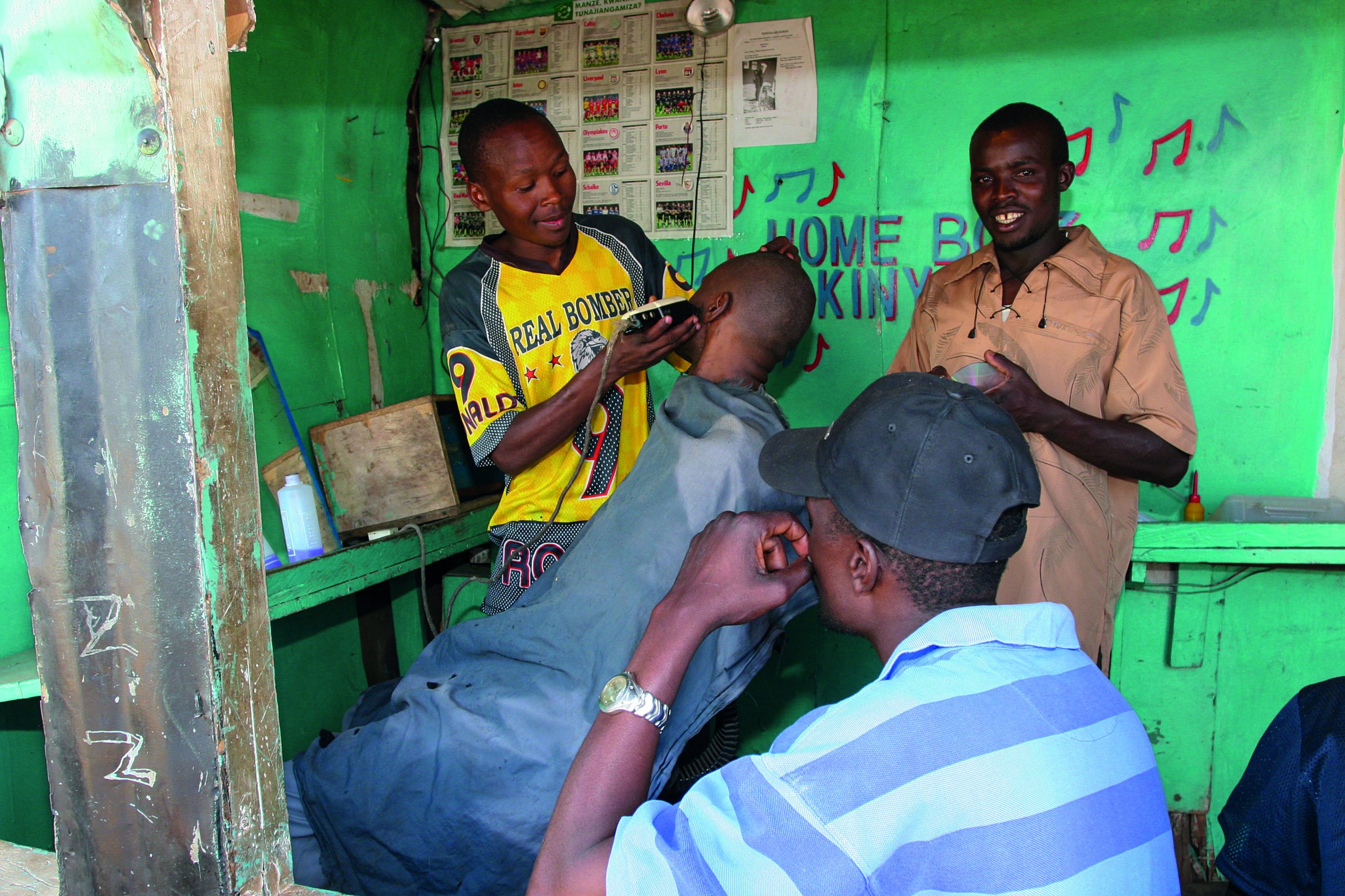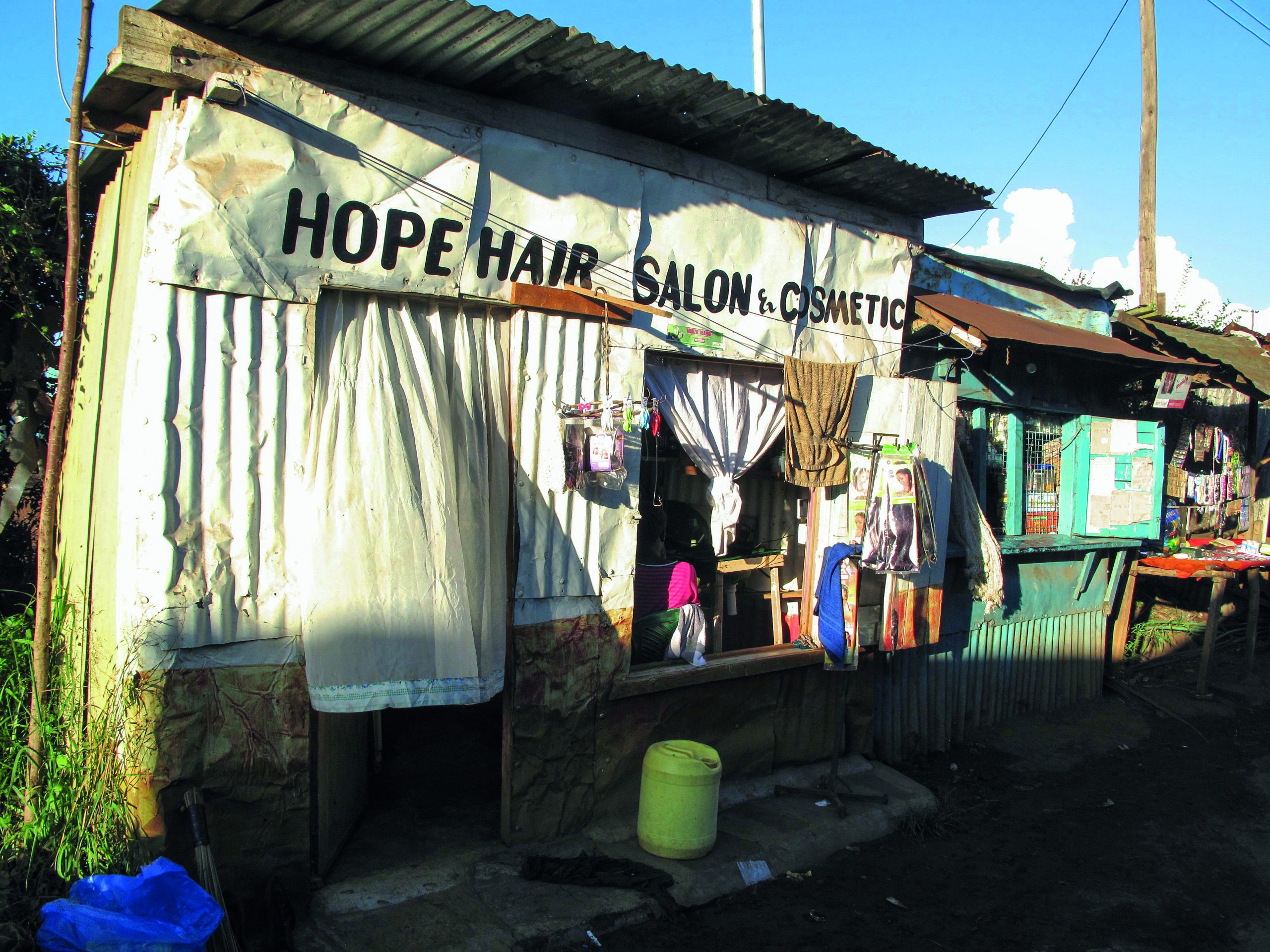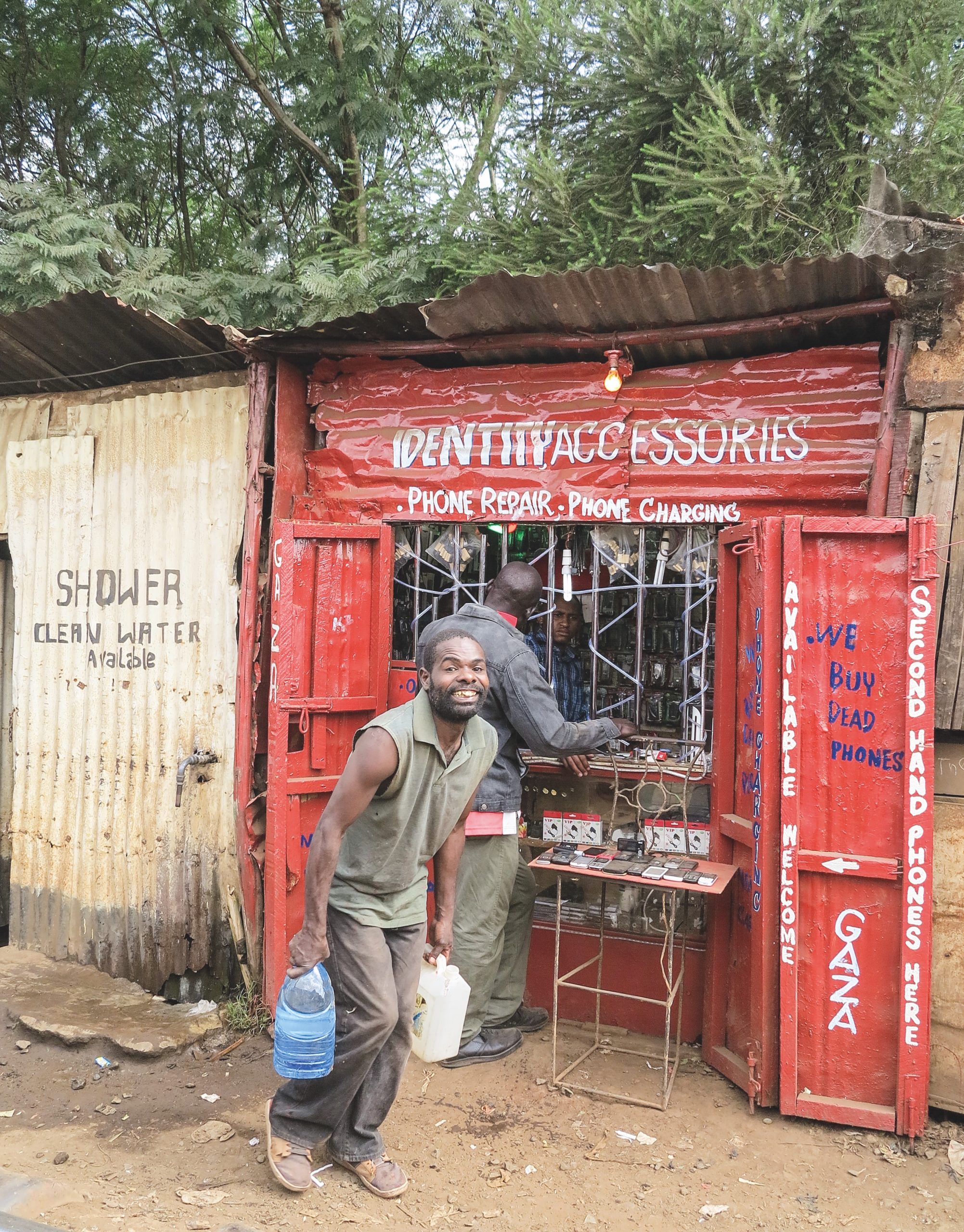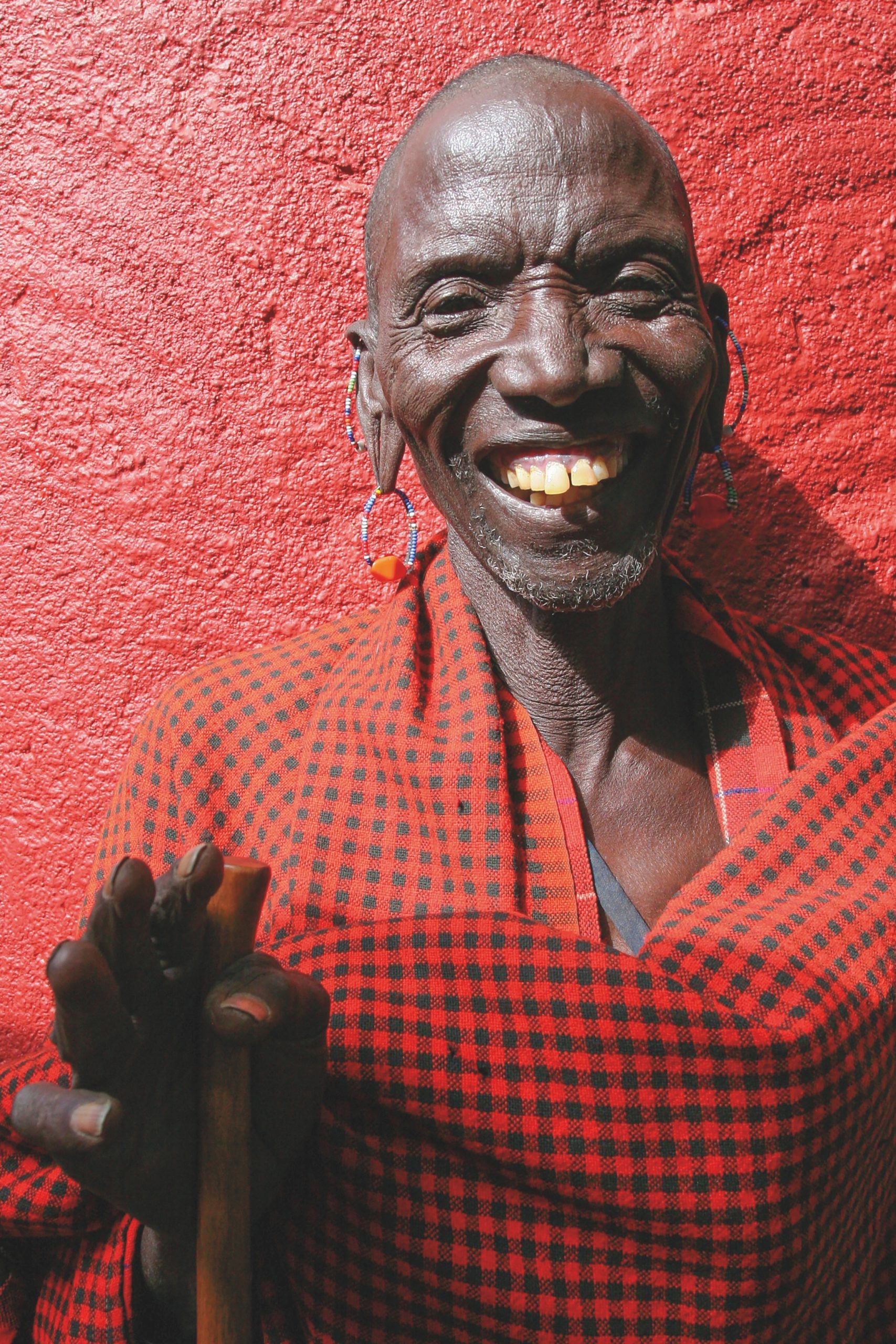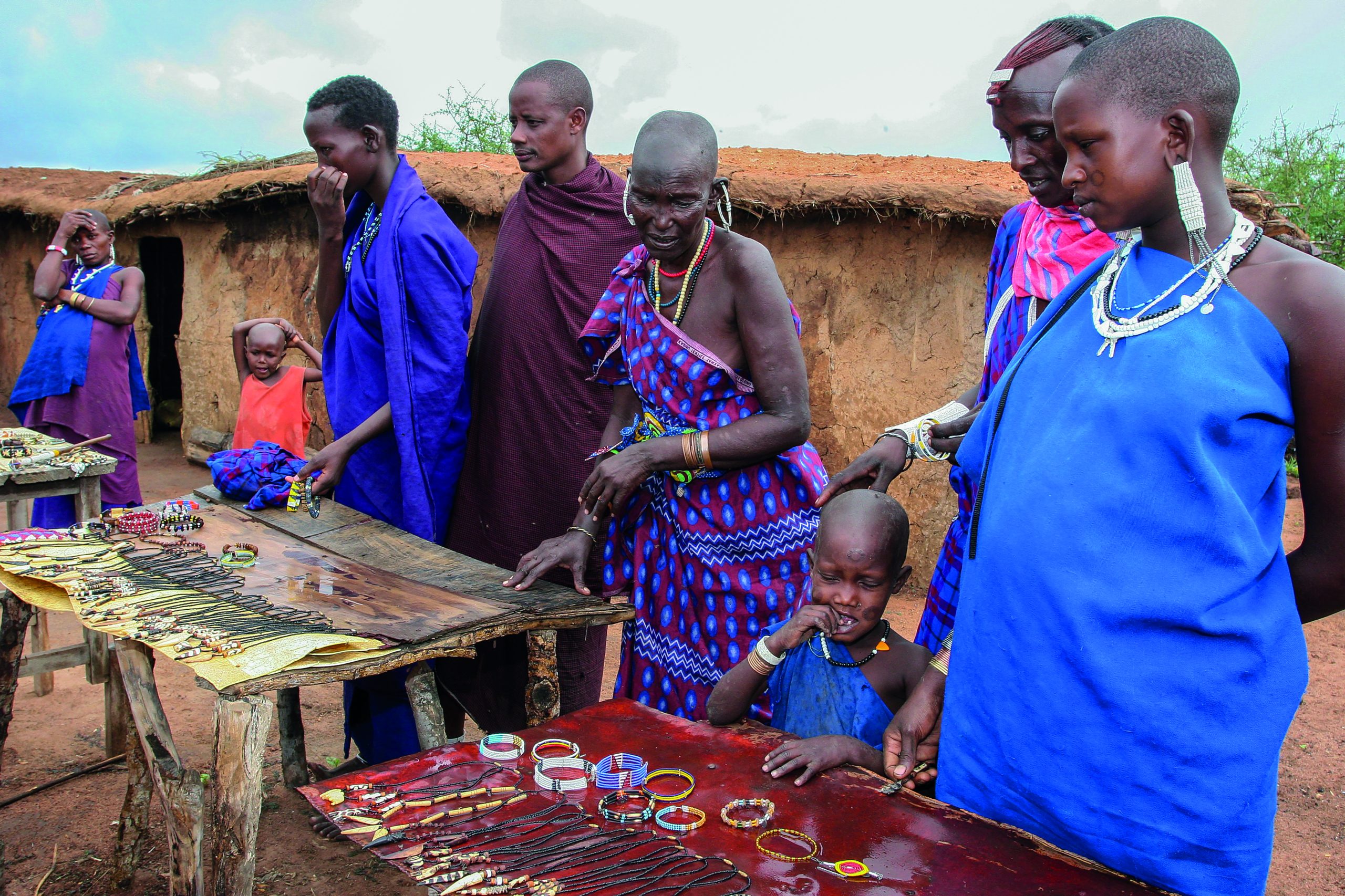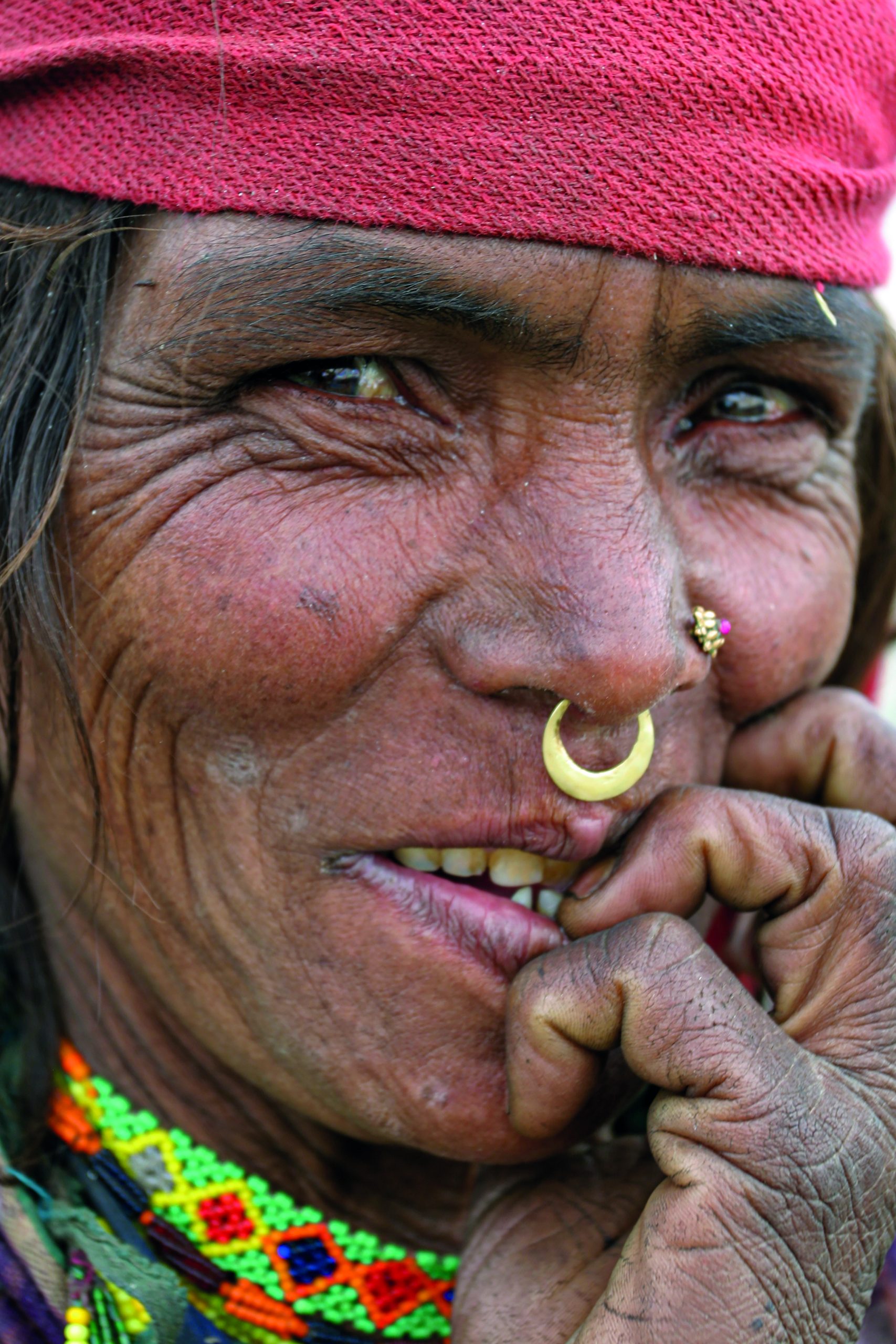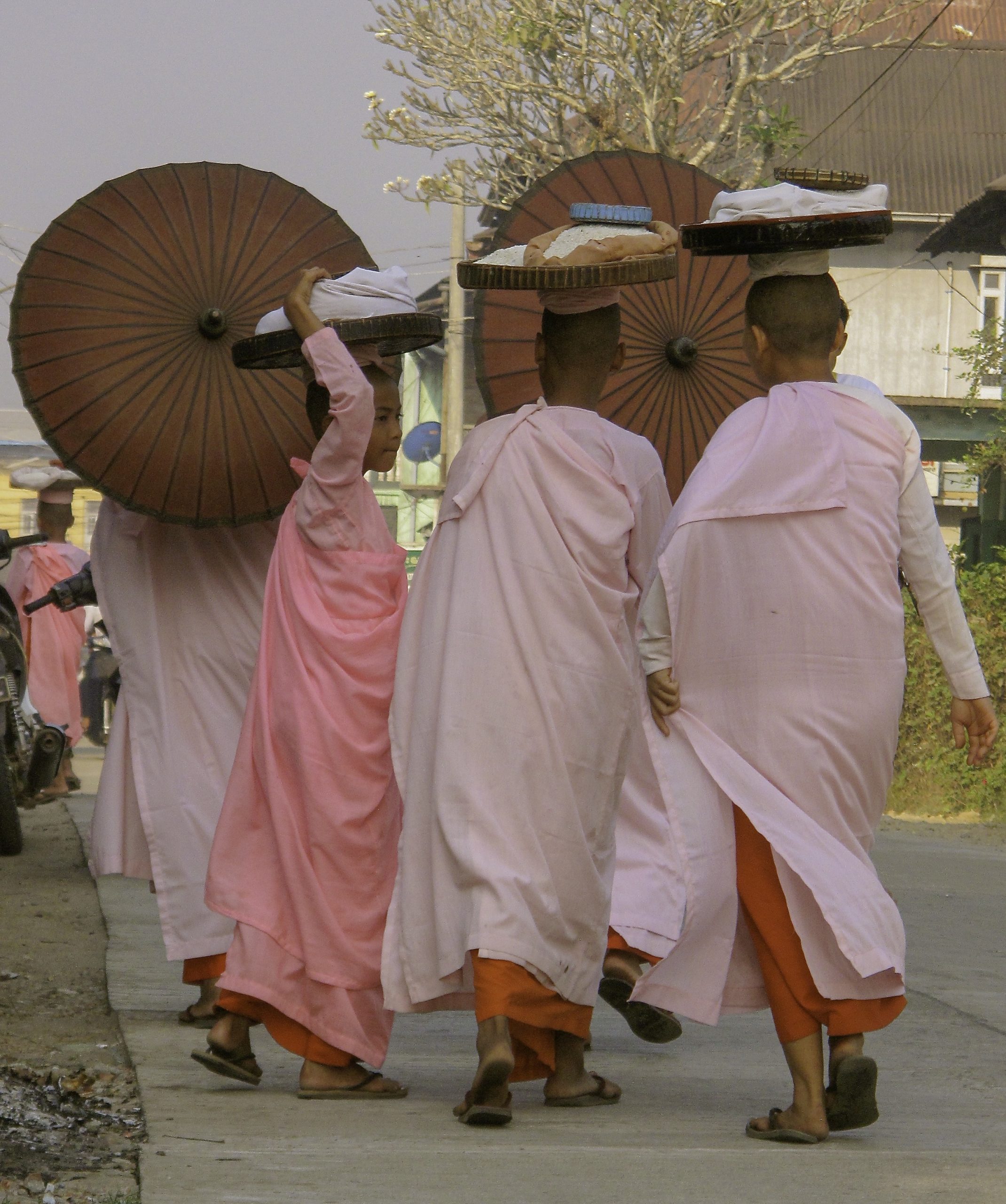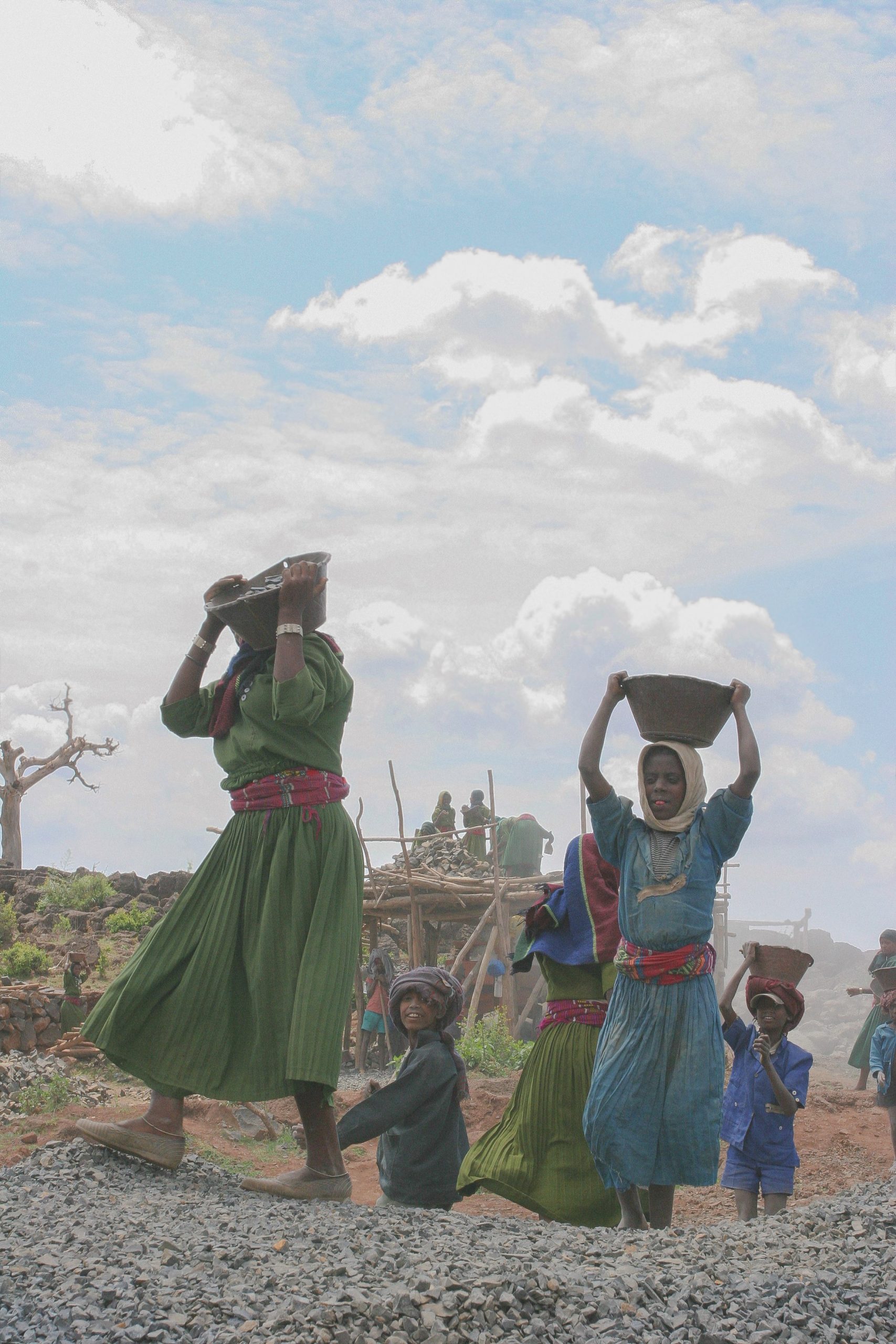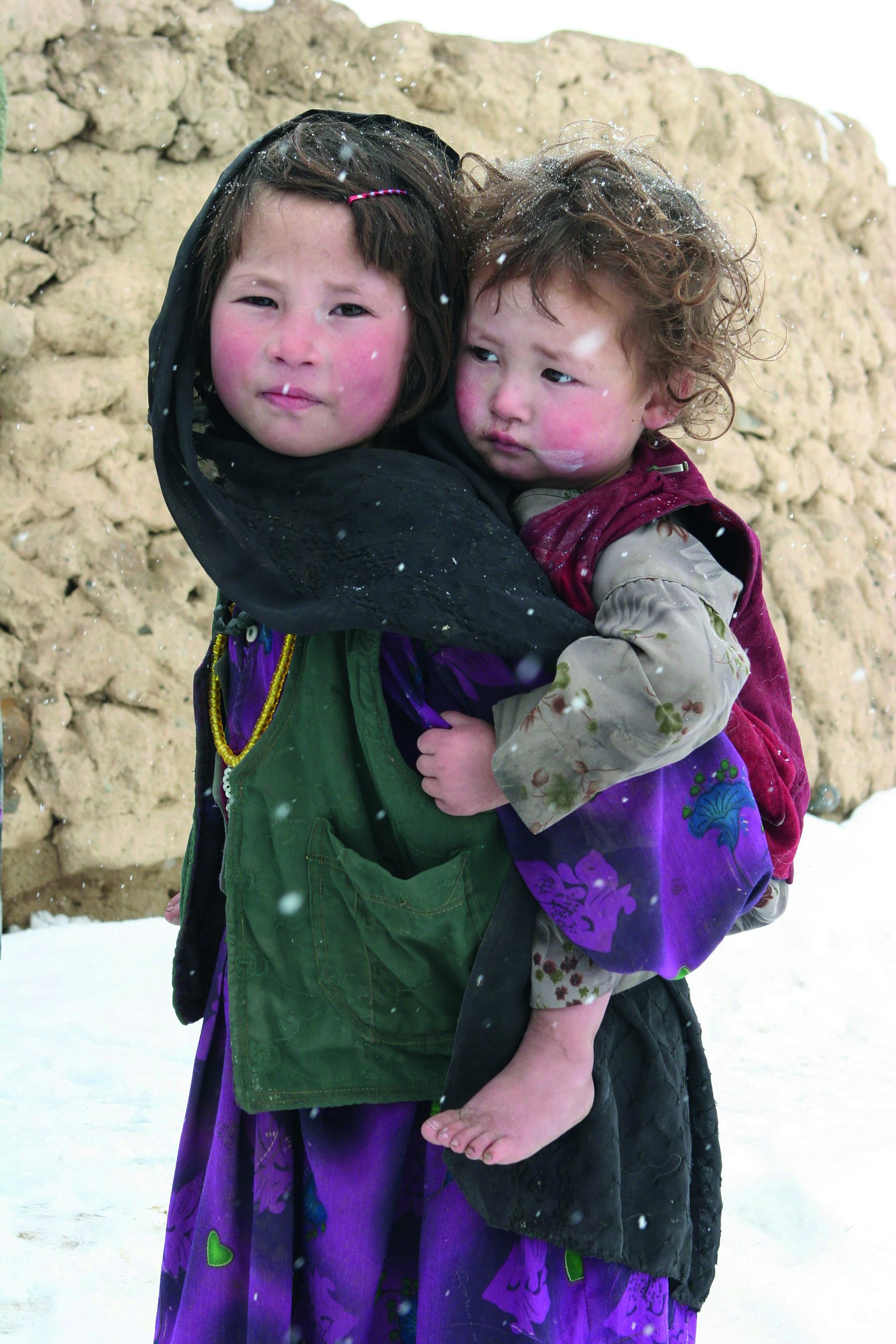Unofficial City of Millions in Kenya
The Kibera slum on the outskirts of Nairobi
has become familiar to me.
I have visited it many times since the 1970s.
The word kibera means ‘jungle’.
In the early twentieth century,
the British rewarded Nubian soldiers
and gave them the Kibera area to live in.
After which, the British colonial powers
neglected to develop Kibera.
The administration thought that people would leave.
But the opposite happened,
because Kenya became more urban.
In 2016, when I was instructing students of journalism
at the University of Tampere,
we took a field trip to Kenya and Uganda.
The students were keen
and wanted to visit Kibera again and again.
They interviewed local people
about the challenges in their lives
and how they solved them.
The Kenya photo exhibition consists of 8 different photographs and stories.
The photos are from 2013 and 2016.
1.
Kibera is the largest slum in Africa.
Like Soweto in South Africa, it is famous.
Officially, this area of a couple of square kilometres
is home to 250,000 people.
Half the population in Kibera is under 15.
The entire Nairobi area is home to some 2.5 million people
who live in the same kind of communities and circumstances
as those who live in Kibera.
That is 60 per cent of the inhabitants of Nairobi.
The poor of Kibera face a lot of problems,
including how to access clean water,
sewage and electricity,
and cope with crime.
Illness also affects people’s lives.
HIV is common
and the Covid-19 pandemic
has added another problem.
2.
Kibera is one of the most densely populated areas on Earth.
It consists of 15 villages,
but the alleyways are bumpy and narrow
with little space for new infrastructure or buildings.
However, thanks to support from the UN’s Habitat programme,
new buildings have been built in Kibera.
New water reservoirs have been built and electrical outlets installed,
and some roads have been paved.
Refuse collection has been made more efficient.
Mobile clinics and new police stations have been set up.
Lighting at night has been improved, and there is free wifi.
Improvements are made step-by-step.
That is partly because not all active organisations
can commit themselves to long-term projects
or they run out of money and resources.
3.
Central Nairobi has become urban
and the cost of living is high.
Which is why the people living in Kibera
have set up their own businesses in the slum.
All kinds of service businesses operate there,
doing anything that does not require much capital.
Most of Kibera’s inhabitants
live on less than one euro a day.
4.
Kibera’s hairdressers and other services
work in small huts, usually with just one room.
People also live in them.
Having corrugated iron roofs
mean the buildings get painfully hot in the summer.
Often the walls are made of clay and the floor is bare earth.
Many blocks have a common toilet
that is shared by more than 150 people.
5.
As long as there is life and enterprise,
there is hope.
In Kibera and elsewhere in Kenya,
many women run their own businesses,
which are growing in number and importance.
Finland works with Kenya on development.
One key aim of their development cooperation
is to support and strengthen
the position of women and young people.
6.
The two main ethnic groups in Kenya
are the Kikuyu and the Luo.
In Kibera, they are in the majority.
Before elections,
disagreements between the two groups
have led to violence.
Fortunately, there has not been any large-scale conflict
between ethnic groups in Kenya.
Growing unemployment
is the root cause of many social problems.
In Kibera, unemployment has long been at around 50 per cent.
Last year, 740,000 Kenyans lost their jobs
because of the Covid pandemic.
New challenges include a significant rise in population,
which will cause difficulties for the schools.
7.
Kenya is home to more than 40 Indigenous peoples,
of whom the Maasai are among the most well-known.
Maasai also live in the northern parts
of the neighbouring country Tanzania.
There is estimated to be one million Maasai people.
The Maasai have managed to maintain their culture
better than many other nations.
8.
Tourists can see Maasai communities
in Kenya’s fabulous nature reserves.
The Maasai Mara, for instance,
is famous for its lions.
Tourism is now a source of income
for the nomads who lost their land,
first to the British, then to the State.
In the nature reserves,
they have found a new way of making a living.
In this small village,
the Maasai sold us wonderful jewellery,
which is their trademark.
The colour red is important to the Maasai
as a symbol of courage and strength.
